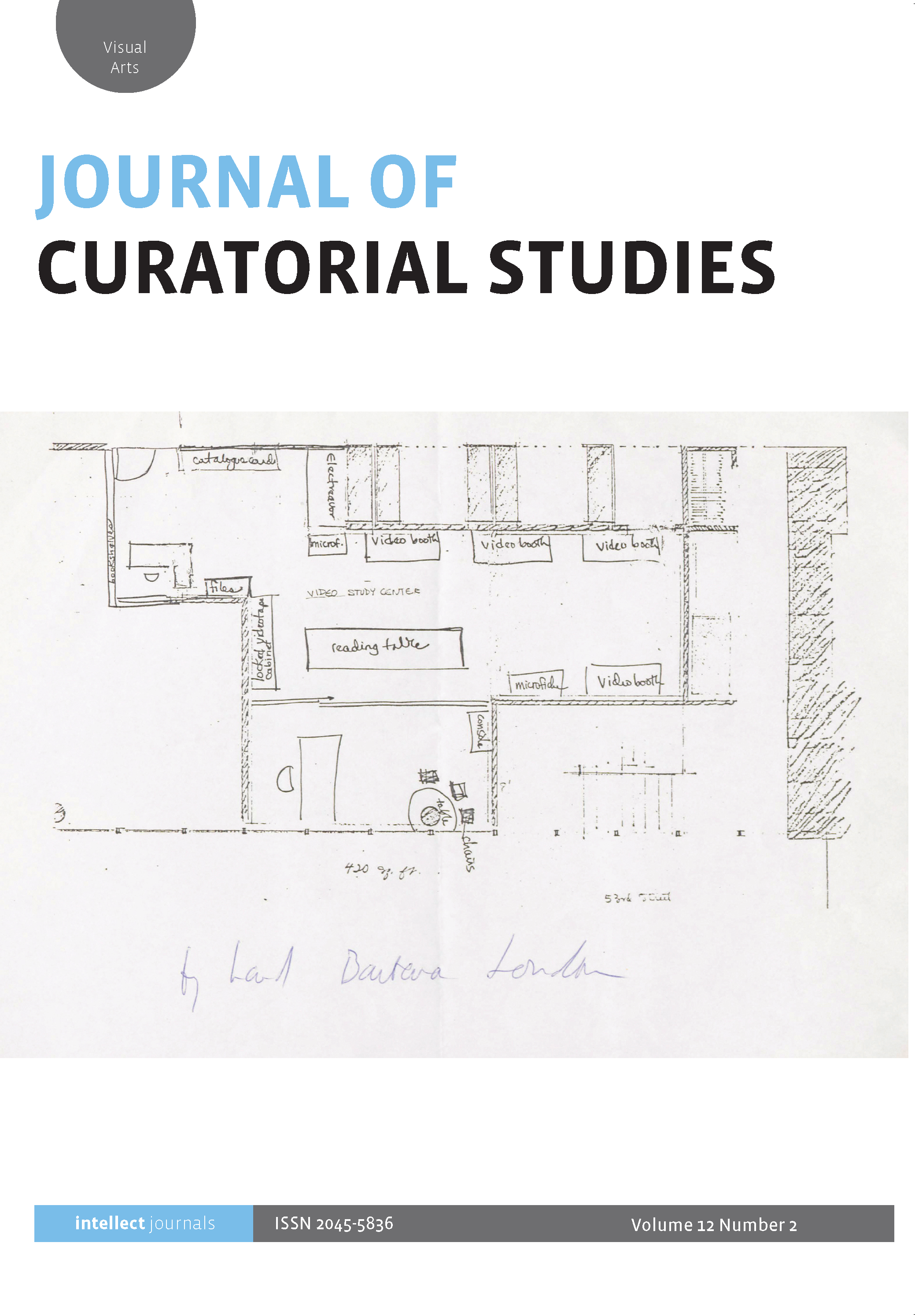
Full text loading...

This article explores strategies employed in the 2019 archival exhibition Protests and Pedagogy: Representations Meanings and Memories. The exhibition was organized to commemorate the 50th anniversary of the Sir George Williams Affair, when Canadian students protested racism in the classroom at Concordia University. Using the curatorial process as a case study in radical pedagogy allows a rare glimpse into the archival records of the 1969 event. The case demonstrates ways in which an engaged approach to curating connects with the building of a community archive that enables a rereading of these events. The exhibition’s pedagogical practices allow reflection on alternative methodologies that challenge teaching-learning through community dialogue.

Article metrics loading...

Full text loading...
References


Data & Media loading...

Publication Date:
https://doi.org/10.1386/jcs_00093_1 Published content will be available immediately after check-out or when it is released in case of a pre-order. Please make sure to be logged in to see all available purchase options.